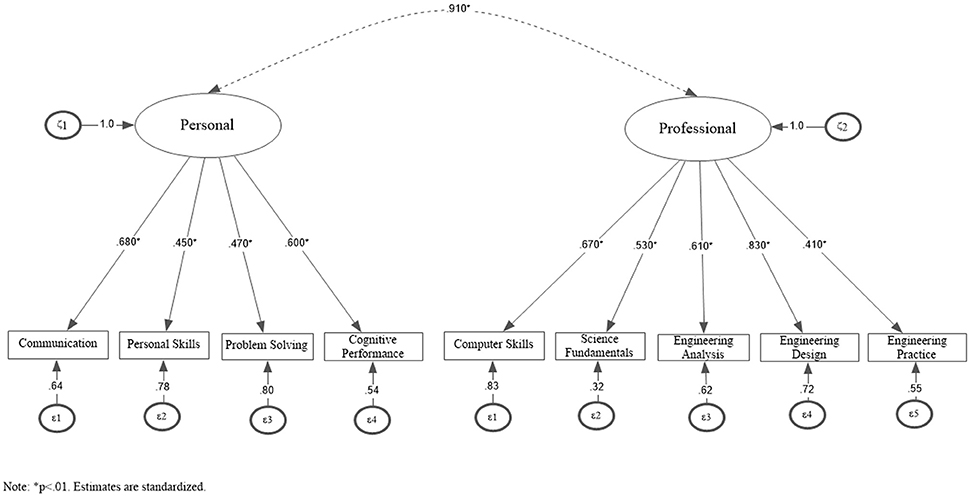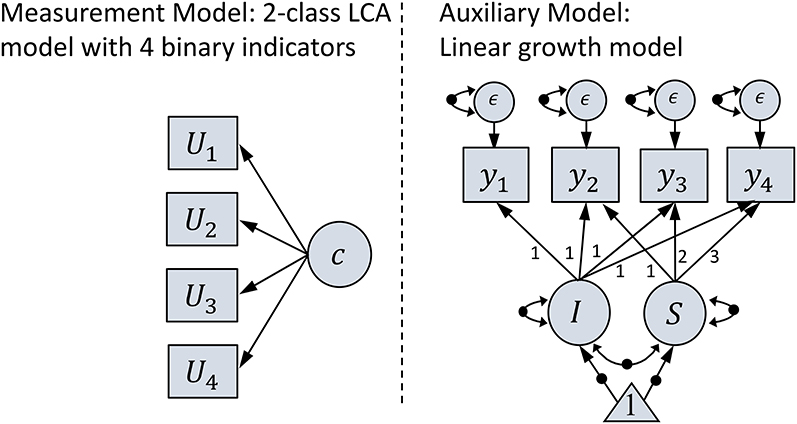

Mplus version 5.2 was used for these examples.
Mplus Manual 7 User's Guide Latent Class Analysis Mental Health
Latent class analysis (Goodman, 1974, Lazarsfeld and Henry, 1968) is a statistical procedure that can be used to segment individuals into homogeneous subgroups (Geiser, 2012), and it has the advantage that the choice of the cluster criterion is less arbitrary, as the latent class approach includes rigorous statistical tests (Vermunt.
Mplus Manual 7 User's Guide Latent Class Analysis Spss
1.0 Exploratory factor analysis
Mplus has many nice features to assist researchers conducting exploratory factor analysis. In the example below, we use them255_mplus_notes_efa data set, which contains continuous, dichotomous and ordered categorical variables. Our data set has missing values on several of the variables that will be used in the analysis. After declaring the data set, we use the listwise statement. Unlike many other statistical packages, Mplus does not use listwise deletion by default. Mplus provides several methods of handling the missing data: listwise deletion, full information maximum likelihood (FIML) and FIML with auxiliary variables. (Mplus can also use multiply imputed data sets, although it will not create multiply imputed data sets.) In this example, we will use listwise deletion. If this statement was omitted, Mplus would use FIML to estimate the EFA with all of the information in the data set. The missing statement is included to show how it would be used, but in this example, it is unnecessary. On the categorical statement, we declare all of our dichotomous and ordered categorical variables. On the analysis statement, we indicate that we want to run an EFA. After that specification, two numbers are needed. The first number indicates the minimum number of factors to extract, and the second number indicates the maximum number of factors to extract. Mplus will produce solutions for the number of factors between the minimum and maximum. In our example, we ask for only three factors (so we have 3 for both the first and the second number). In the commented out analysis statement, we ask for a minimum of 1 and a maximum of 3 factors; hence, Mplus will produce a 1, 2 and 3 factor solution. By default, Mplus provides a geomin rotated solution. (Geomin is an oblique type of rotation, so the correlations between the factors are given in the output.) Mplus offers 27 different types of rotations, which are described in the Mplus User’s Guide. We have commented out an example of using the rotation statement to request a varimax rotation. Finally, we request a scree plot on the plot statement using type = plot2. To see the plots requested, click on Graphs and then View Graphs.

Besides having several options for handling missing data and handling dichotomous and ordered categorical variables, Mplus can also conduct EFAs with survey data (data that contain sampling weights, clustering and/or stratification). As you can see in the output, standard errors are provided for the factor loadings.
Mplus Manual 7 User's Guide Latent Class Analysis In R
For information on the interpretation of the output, please visit ourAnnotated Mplus Output: Exploratory Factor Analysis page.